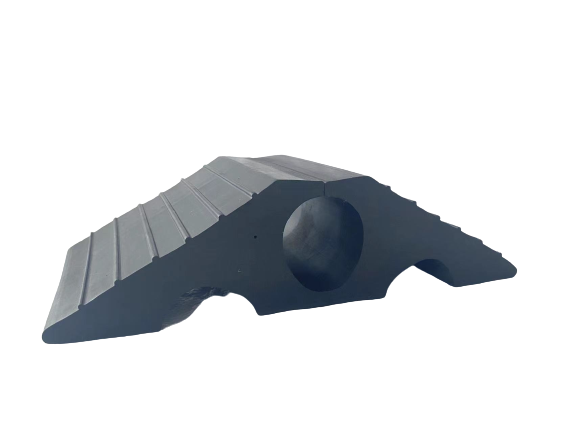Ноя . 10, 2024 03:11 Back to list
Effective Weather Sealing Solutions for Your Home's Doorway Environment
Under the Door Weather Seal An Essential Home Improvement Solution
In the realm of home improvement, small details can often make a significant difference in energy efficiency, comfort, and overall well-being. One such detail that is frequently overlooked is the under the door weather seal. As an essential component for maintaining a well-insulated home, a weather seal serves to protect against drafts, moisture, and pests, ultimately contributing to a more comfortable living environment. In this article, we will explore the purpose, benefits, types, and installation of under door weather seals, helping you understand why you should consider this simple yet effective upgrade for your home.
Purpose of Weather Seals
The primary purpose of a weather seal is to create a barrier between the interior of your home and the outside environment. Doors are typical points of air infiltration, allowing unwanted air and moisture to enter your home. Weather seals are designed to close the gaps under doors, preventing drafts that can lead to higher heating and cooling costs. By reducing drafts, these seals enhance thermal efficiency, allowing your HVAC system to work more effectively, which ultimately saves energy and lowers utility bills.
Benefits of Under Door Weather Seals
1. Energy Efficiency By sealing gaps under doors, weather seals can significantly reduce energy loss. According to the U.S. Department of Energy, sealing and insulating your home can reduce your energy bills by up to 20%. This translates into substantial savings over time, especially during extreme weather conditions.
2. Comfort A weather seal helps maintain a consistent temperature within your home. Without proper sealing, cold drafts in winter and hot air during summer can lead to climate discomfort, forcing you to rely more heavily on your heating and cooling systems.
3. Moisture Control Weather seals act as a barrier not just against air but also against moisture. This is particularly important for homes in areas prone to rain or humidity. Excess moisture can lead to mold growth and deteriorate your flooring and drywall. A weather seal can help mitigate these risks.
4. Pest Deterrence An often underappreciated benefit of weather seals is their ability to prevent pests from entering your home. Small insects and rodents can squeeze through the tiniest of gaps, making your home their new habitat. Installing a proper weather seal can help keep unwanted intruders at bay.
5. Aesthetic Appeal Many modern weather seals come in various styles and colors to complement your door’s design. A well-installed weather seal not only functions effectively but can also enhance the overall aesthetic of your home.
Types of Weather Seals
When it comes to under door weather seals, there are several types to consider
- Brush Seals These feature bristles that help create a barrier while allowing for smooth door movement. They are effective against light drafts and can also help reduce noise.
under the door weather seal

- Rubber or Vinyl Seals These offer a more rigid solution, providing excellent durability and effective sealing against drafts and moisture
.- Thresholds Some door weather seals are designed with a raised threshold that connects seamlessly with the door, creating a stronger seal against debris, moisture, and air.
- Magnetic Seals Similar to those used in refrigerators, these seals can create an airtight seal when the door is closed, making them ideal for energy-efficient applications.
Installation of Weather Seals
Installing a weather seal is a straightforward process that typically involves a few simple steps
1. Measure Your Door Start by measuring the width of the door and the gap beneath it. This will help you choose the right size weather seal.
2. Select Your Seal Choose the type of weather seal that best suits your needs and the conditions of your area.
3. Prepare the Door Clean the area where the seal will be installed to ensure a strong adhesive bond.
4. Cut and Attach Cut the seal to the appropriate length, if required, and attach it according to the manufacturer’s instructions, usually using screws or adhesive.
5. Test the Seal Close the door and test for drafts or gaps. If necessary, adjust the seal for a tighter fit.
Conclusion
Under the door weather seals may seem like a minor detail, but their impact on your home’s energy efficiency, comfort, and pest control is profound. Investing in the right weather seal can provide immediate benefits and save money in the long run. Whether you’re looking to enhance your home’s insulation or simply seeking a way to improve comfort levels, installing an under door weather seal is a practical solution worth considering. With a range of options available, finding the perfect seal for your door has never been easier, making it a worthwhile addition to your home improvement checklist.




